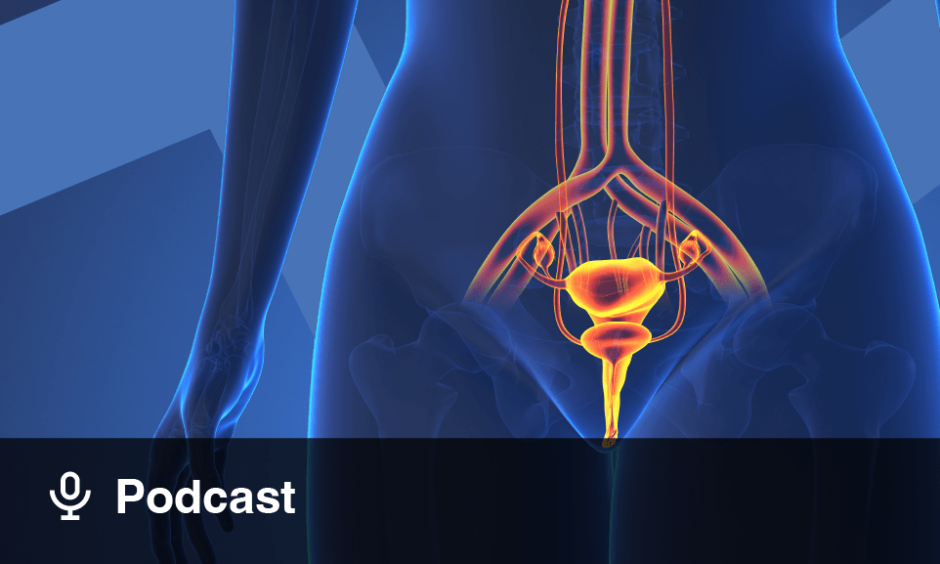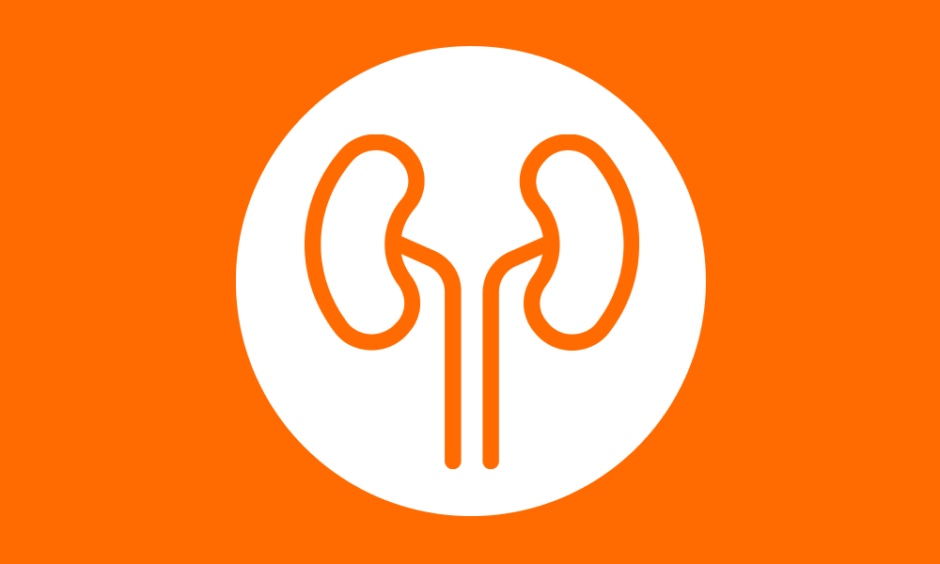SIDE effects and treatment options in prostate cancer have been illuminated by a recent study involving a 10-year follow-up in American males. The CEASAR study is a multi-centre research project, which studies males who were diagnosed with prostate cancer between 2011–2012.
Having followed the cohort for over a decade, the findings from this research bring to light some important points to consider. They highlight “the benefits of active surveillance, when oncologically safe for patients with favourable-prognosis prostate cancer, by avoiding adverse effects associated with other treatment options,” stated Daniel Barocas, Vanderbilt University Medical Center (VUMC), Amsterdam, the Netherlands.
The current study is based on a population of 2,500 patients, comprised of 1,797 non-Hispanic White males, 350 non-Hispanic Black males, 184 Hispanic males, 77 Asian males, and 33 in an ‘other’ race category. This investigation administered a series of questionnaires regarding urinary, bowel, sexual, and hormone therapy-related side effects of treatment. Patients were classified based on cancer risk into two categories: favourable prognosis, and unfavourable prognosis, receiving more intensive treatment. The favourable prognosis group was given the choice of active surveillance, nerve-sparing prostatectomy, external beam radiation therapy, or low-dose-rate brachytherapy. Meanwhile, individuals with unfavourable-prognosis decided on either prostatectomy, or external beam radiation therapy with androgen deprivation therapy (ADT).
Key findings from the research included discovery that surgery with radical prostatectomy was associated with an increased risk of urinary incontinence over 10 years, when compared with other treatments, irrespective of cancer risk. Patients with favourable cancer prognoses experienced worse sexual impairment for the first 3–5 years following surgery with radical prostatectomy when compared to other options. Sexual function scores were similar across treatments after 5 years, likely reflective of age-related decline, gradual decline associated with radiation, and conversion from active surveillance treatment. No significant differences in sexual function impairment were found between surgery with radical prostatectomy and radiation with ADT, in patients with unfavourable prognosis. Finally, radiation therapy combined with ADT was associated with slightly worse bowel and hormone functions at 10 years in the unfavourable prostate cancer group.
These conclusions are expected to guide treatment options and decisions in clinical practice, providing informed longitudinal data. In follow-up, the authors are developing a personalised, predictive tool using the collected data to offer functional estimates to patients based on different treatment strategies, to help further with their decision-making.








